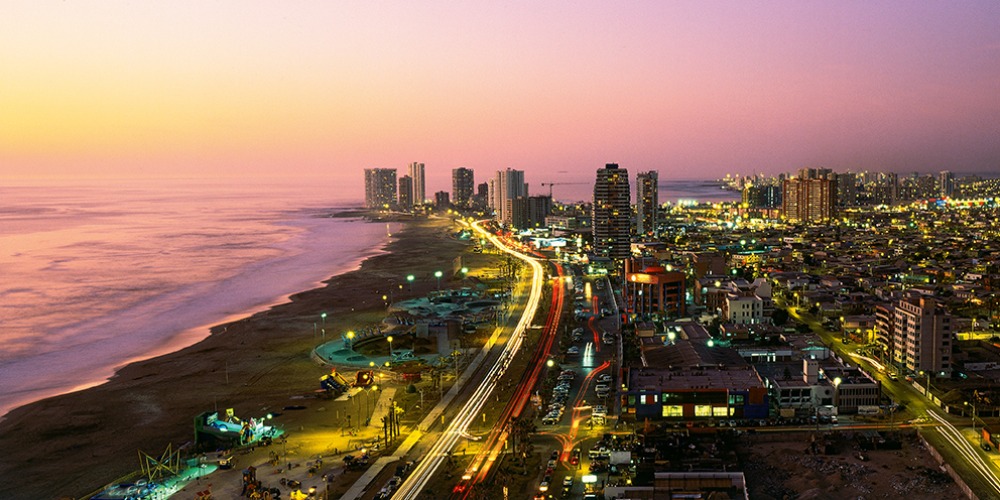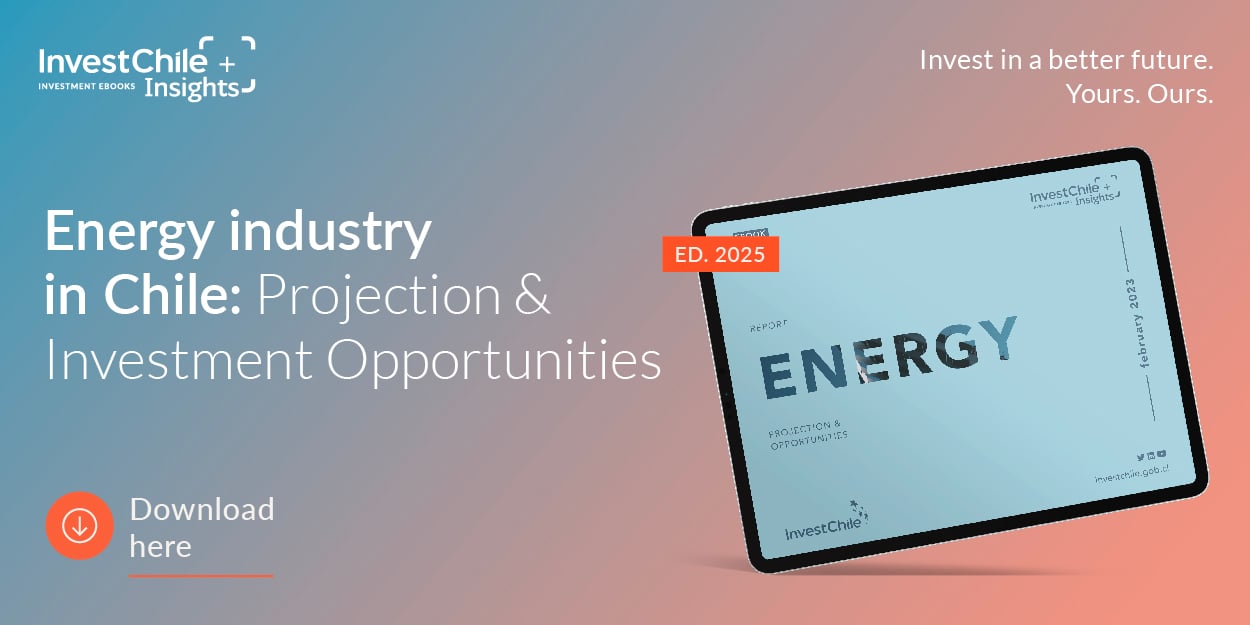Entrepreneurship in Chile: Wilefko, or “Brightness of Water” in Mapudungun, is a Chilean start-up that has invented a motor able to turn the impacts of thousands of waves into a continuous movement in order to generate electricity.

Wave power involves the capture of the mechanical energy generated by the movement of the waves in order to produce electricity.
This is the idea behind Wilefko whose name in Mapudungun, the language of the Mapuche people, means “brightness of water”. The initiative arose from something quite revealing: Chile’s 4,200 kilometers of coastline have a power of between 160,000 MW and 240,000 MW.
That is 12 times the country’s installed capacity. “Therefore, this is a unique opportunity to exploit a resource that is abundant and distributed throughout the country, is not taken advantage of and has an availability of the energy resource of 50%, which is 30% higher than wind and 50% above solar,” says Eduardo Egaña, CEO of Wilefko.
According to its creators, this technology can perfectly well provide clean energy for mining processes. “We have shown empirically that we can extract 175,000 MWh per year, equivalent to 20 MW, from one kilometer of coastline,” adds Egaña.
Indeed, the pre-feasibility studies carried out for initiatives in the Antofagasta and Atacama Regions of northern Chile estimated that, using Wilefko’s technology, the price would range from US$90/MWh to US$45/MWh for an installed capacity of between 1 MW and 10 MW.
“It is important to note that, in all these initiatives that were evaluated, energy dispatch is from the site on the coast or, in other words, we use the coastal edge, which has the advantage of eliminating the cost of transmission from the final price,” explains Claudio Sala, business relations manager at Wilefko.
The start-up has already evaluated 20 initiatives in Chile and two overseas, representing an investment of US$48 million and 26 MW in installed capacity.
It currently employs 26 professionals and has industrial patents in 27 countries. Interestingly, the storage of the energy does not pollute or generate toxic waste and, moreover, the water can be desalinated.
“The breaking wave is a wall of water, which moves at 30 km/h and is 800 times denser than air so you can ‘milk’ the same wave several times,” explains Egaña.
But what has been the most difficult challenge for this adventure in energy innovation? According to Egaña, simply a lack of information in the “breaking zone”, which is the basis for building a commercial model. “This posed an additional challenge: to determine the dynamics of the forces that interact, for which we built a measuring device - the “undimensor” - to record and quantify the energy of the waves in order to be able to design a commercial undimensor for the economic evaluation of each of the initiatives, which is the starting point before prospecting,” says Egaña.
To find out more about renewable energy investment opportunities in Chile, see this article.
Source: Hub Sustentabilidad



%2017.11.51.png)

